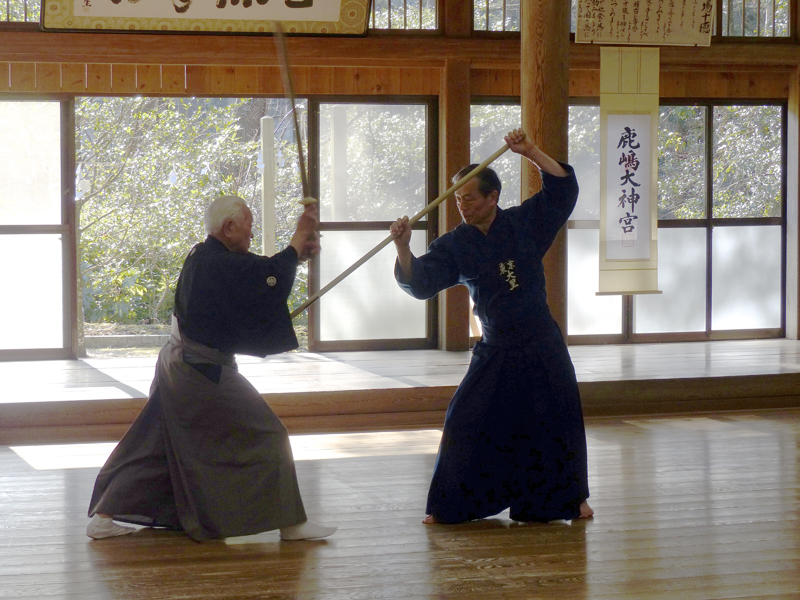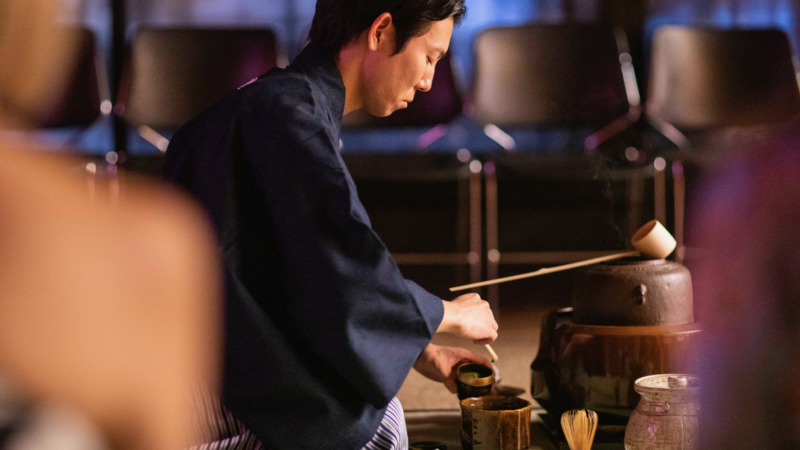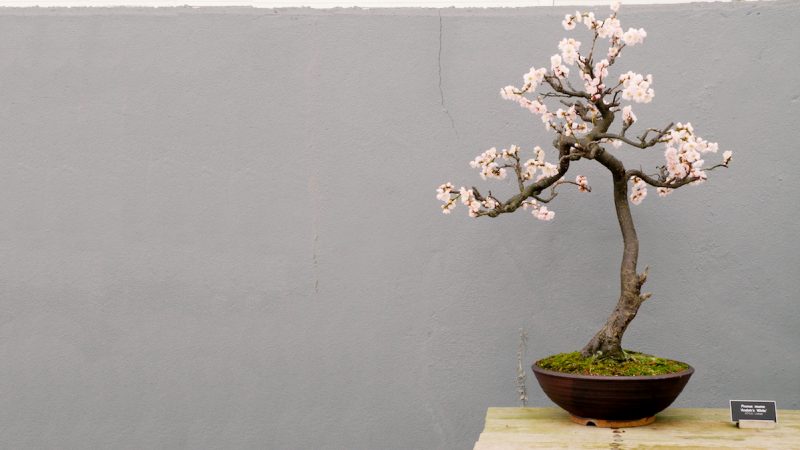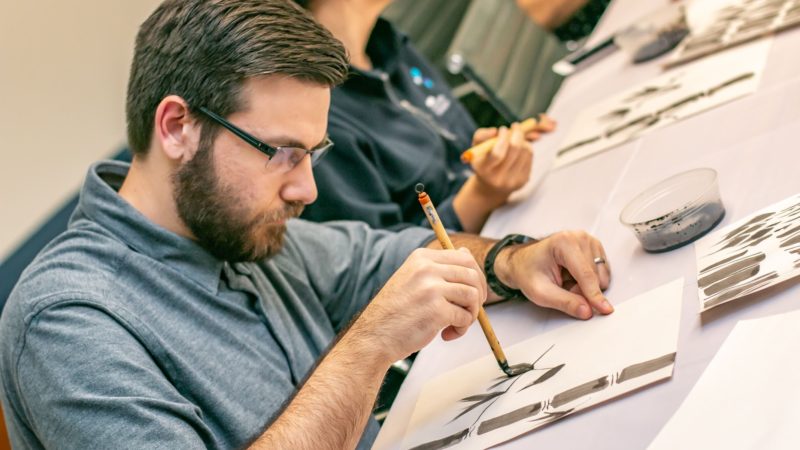Deborah Klens-Bigman ◆ March 16, 2015

Last month was my birthday month. I love my birthday, but the time of year makes it really difficult to celebrate. Especially this year, when we had a snowstorm on the big day, followed by so much freezing cold weather that most of the output from my Birthday Snowstorm is still sticking to the frozen ground as I write this.
So I celebrate my birthday all month long (at least), given the potential for weather delays. And I like to try new things as part of the celebration. Twenty nine years ago, I started Japanese swordsmanship as a birthday present to myself. And now that I have been practicing for nearly half of my life, I feel like I have learned one or two things.
One is: Don’t give up. I will say that the path has not always been easy, even as it has always been interesting. While there have been challenges in learning certain techniques, pretty much all of them can be overcome with patience and practice.
Another thing I have noticed is that Experience Counts. What I mean is, the more I train, the easier it is to learn. My teacher, Otani Yoshiteru, once said, “Once you know the principle, the technique doesn’t matter.” While certain aspects of this remark still puzzle me, other parts are pretty clear. Japanese swords only work in certain ways. Use a sword in a way inconsistent with its nature results in something that may look cool, but is actually sillyass. A sword is not a baton to be twirled, thrown, or caught from the air. Using a two-handed sword to make primarily one-handed cuts has limited usefulness. Turning one’s back on one’s opponent is generally a mistake. And it does not matter how many kata you may know: If you aren’t making real cuts, you are wasting your time altogether.
I can pick things up more readily because I know how to analyze, or “read” what I’m looking at. That is, there are only certain ways to use a sword (see the above paragraph) and all iaido kata are made up of a draw, one or more cuts, chiburi (shaking the “blood” off of the sword), and noto (resheathing). After that, being able to analyze a kata to determine which cuts are being made, as well as the bunkai (the scenario or story of the kata) makes picking up a given sequence of movements much easier. I first noticed this years ago when I became affiliated (briefly) with a style that was an ancestor of what we had been practicing. The students I was teaching all had about four years of previous experience and came to class regularly. Teaching them the venerable kata of this style was both swift and smooth, because they already knew the basic cuts and the basic movements of drawing, cutting, chiburi and noto. After that, their improvement came in the form of learning nuance, which, I can tell you, is the part that takes the longest to teach and pretty much a lifetime to learn.
From time to time we get older students in the class. Sometimes they are “graduates” of harder martial arts forms, like karate or judo or jujutsu. I like these students because, even though they are new to the idea of using weapons, they know how to observe, and how to follow a teacher’s movements. As one of the older gentlemen said to me a few weeks ago, “The most important thing as you get older is to keep moving.” Good advice for anyone, and even more important as time goes by.




